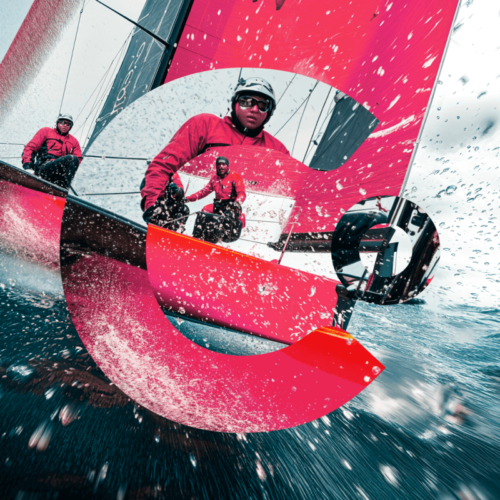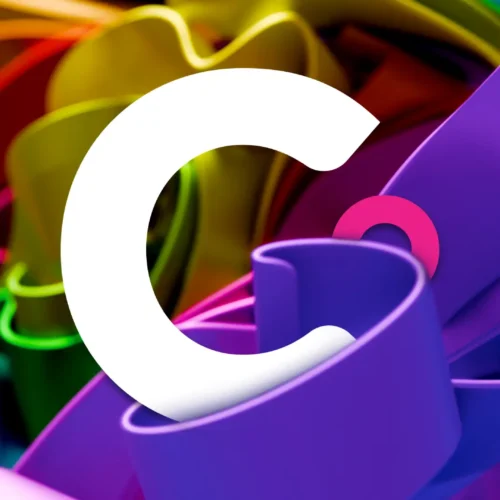In a digital-focused economy, your website is the number one way current and future customers will experience your brand.
No company approaches a decision to redesign its website lightly. Redesigns aren’t just expensive to undertake, they come with high stakes as the pivotal contact point between your business and its customers. So how do you know when the time is right to make a big change?
Sometimes, the need is obvious. Conditions within the market or your business may have changed, which means your site no longer reflects who you are as a brand. It may not represent all your current offerings, or its platform can’t support the marketing initiatives you need. At times like these, the question isn’t whether your website needs a change, it’s how much of an update you can afford.

But whether your firm clearly needs a redesign or is just considering the possibility, you want a strong return on investment. No one can predict the future, but every organization wants their website to be future-proof to eliminate the worry about any updates for years to come.
Unfortunately, that’s simply not realistic.
How Long Do Website Redesigns Last? The Website Half-Life Concept
In nuclear science, half-life refers to the amount of years required for a radioactive atom to lose 50% of its atomic energy. Using the same principle, we designed a graphic to illustrate the diminishing performance of a given website design as time goes on.
Related Asset
When a website design is first launched, its effectiveness has reached its peak, as indicated at the left side of the chart below. However, from that moment, a steep decline has already begun. At Clear Digital, we’ve determined that after as little as two years, your website is already half as effective as it was at launch.
From that point, the decline continues. Four years after a redesign, your website only offers a quarter of its initial capabilities for your business needs. Two years after that, performance dips by another 25% until, as the years go on, your site becomes functionally useless.
To avoid such a damaging outcome, we’ve found the best time to remake your website is typically two to four years after its last redesign.
WEBSITE HALF-LIFE

7 Key Considerations to Increase the Half-Life of a B2B Website
Depending on your organization’s ability to manage these seven key considerations, you may be able to extend this half-life for your website. But if you haven’t kept your website current, the repercussions of a website that’s past its prime only grow more severe for your business.
1. Technology Evolves – Will Your Website Keep Pace?
Given the costs associated with a website redesign, our estimate of two to four years of effectiveness sounds comparatively short. But technology evolves fast, which means each year brings changes and improvements that impact your site’s capabilities.
As Content Management Systems evolve, your website design may not be able to take advantage of new features in each successive version. Database platforms and the ways they communicate with your CMS may also evolve along with coding languages and development frameworks that become more streamlined.
User habits also lead to shifts in focus. Whereas in years past designing websites exclusively for mobile platforms was a priority. Now, large-scale, 4K monitors and desktop users are a growing focus. If you don’t have the resources to ensure your website stays up-to-date with changes like these, both it and your digital business will fall behind.
2. SEO Updates Limit the Reach of Your Once-Current Website
In terms of allowing your website to be organically discovered by your prospects through search, Google is the gatekeeper for your business. This year, Google has released seven core updates to its search algorithm, including a preference for sites that load quickly and prioritize mobile users. Google also prefers websites that are updated consistently, which places additional pressure on your content producers.
If your organization has a dedicated team focusing on SEO and site content, you may be able to keep up with the constant changes to search best practices. If not, and your site isn’t well-optimized, the visibility of your business will suffer.
3. Digital Design Practices Impact the Perception of Your Company
Just as technology evolves fast, digital design norms are also in constant motion. Navigation patterns that may have once been current quickly become dated, as do the ways users interact with forms and how those pages appear.
After all, people are visual, and the look of your site also impacts the perception of your company. Depending on your industry, your website may not need to reflect the latest design trends. But if your competitors have already taken the initiative to update their websites, that should be a trigger to also plan a change. Otherwise, your business risks appearing behind the times.
4. Websites Must Evolve with Your Brand
Depending on the size of your company, it may have gone through dozens of iterations of how its brand looks and the primary audience it is targeting. As your brand has evolved, your website will quickly feel inauthentic if it hasn’t remained current with the story of your business.
In a digital-focused economy, your website is the number one way current and future customers will experience your brand. Not only should its design always reflect the brand, but any rebranding initiative should take place concurrently with a redesigned website.
5. Outdated Content Guarantees an Out-of-Date Website
Blog articles and product offerings that no longer deliver a current picture of your organization underscore the need for a fresh design approach. As your organization grows and evolves, content proves to have a limited shelf life.
Even cultural shifts, such as the ongoing coronavirus pandemic, shift perception of content such as the images on your website. If your website depicts groups of people around a table, your design has fallen behind the times.
6. Functionality Issues Lead to an Unreliable, Ineffective Website
As time goes on, the effort to maintain your current website introduces complications. Site administrators can introduce bad code, or your platform may have backend issues that lead to slower performance or broken pages.
Whether functionality issues are due to a poor website structure or legacy content, an unreliable website hampers any marketing initiative. An incremental reskin of your website may offer a new look at a lower cost, but if your website is built on a broken backend, the half-life of your website is still creeping closer to its expiration date.
7. Out-of-Date Designs Yield an Underperforming User Experience
An effective website design that conforms to contemporary best practices doesn’t just deliver an accurate depiction of your B2B business. It also contributes to a greater level of trust in your brand and more conversions from prospect to customer. A UX design that isn’t optimized will yield dead-end user journeys, poor engagement, and, ultimately, an ineffective website.
If your website has reached or is approaching the end of its half-life, it may be past time for a change. But, fortunately, it’s far from too late to bring your design back to life. While you may not be ready for a full redesign, your website performance may tell a different story. Contact us to learn more about what your business can do.






